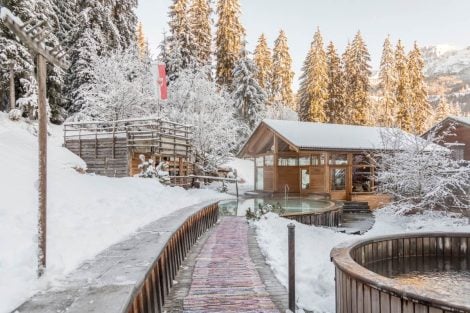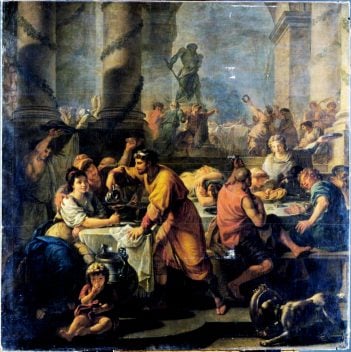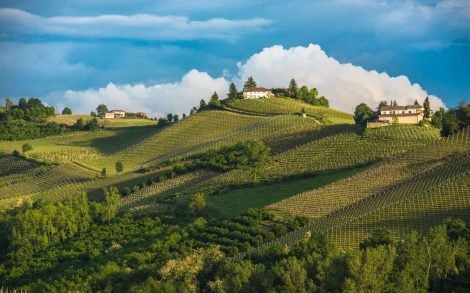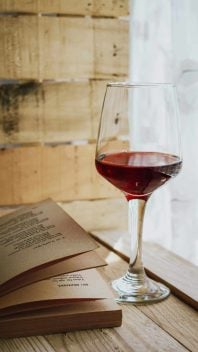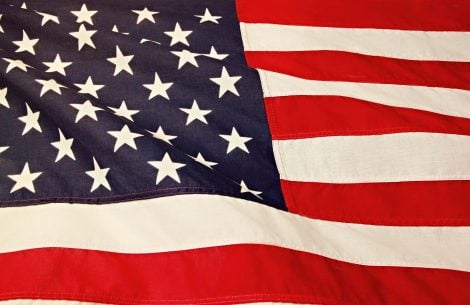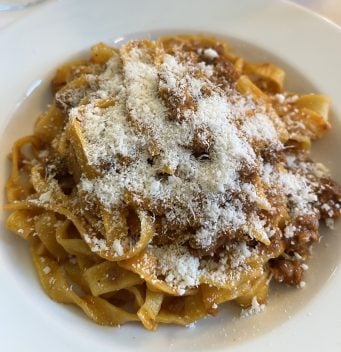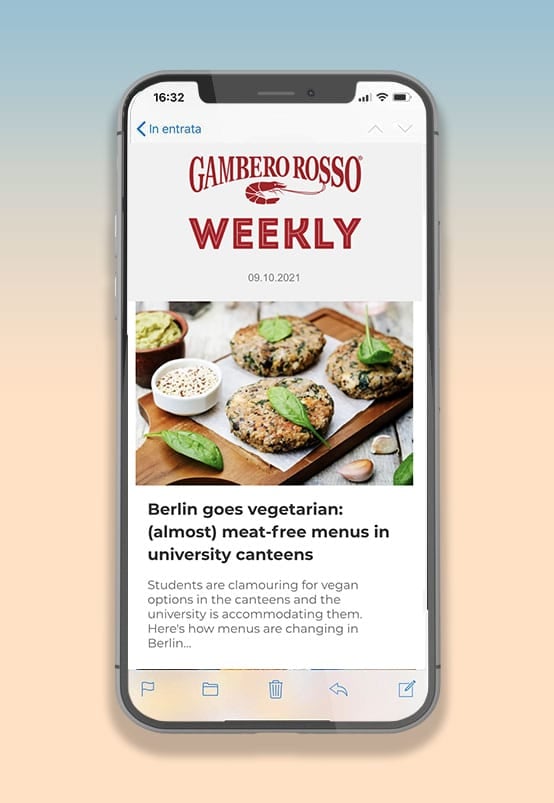The eastern coast of Sardinia is a succession of dreamlike coves, turquoise waters, and sheer cliffs plunging into the sea. Among its most precious gems are Cala Mariolu and Cala Goloritzé, authentic natural paradises in the heart of the Gulf of Orosei, which rank among the most Instagrammed beaches in Italy (fourth and seventh place nationally, respectively). These two iconic locations are ideal destinations for those seeking wild nature, crystal-clear waters, and postcard-perfect views. They also serve as a gateway to a region where the Supramonte mountains meet the Mediterranean in a truly unique embrace.
Cala Mariolu: white pebbles and emerald sea
Accessible by sea from Cala Gonone, Santa Maria Navarrese, Arbatax and, further north, from Orosei, Cala Mariolu is renowned for its shoreline of tiny white pebbles, which make the water incredibly clear and luminous. The beach is nestled between tall limestone cliffs that shelter it from the wind and offer breathtaking views, perfect for snorkelling and photography lovers. For the more adventurous, Cala Mariolu can also be reached on foot from the Golgo plateau, via a trekking route immersed in Mediterranean scrub and the wild scents of the Baunei coast.
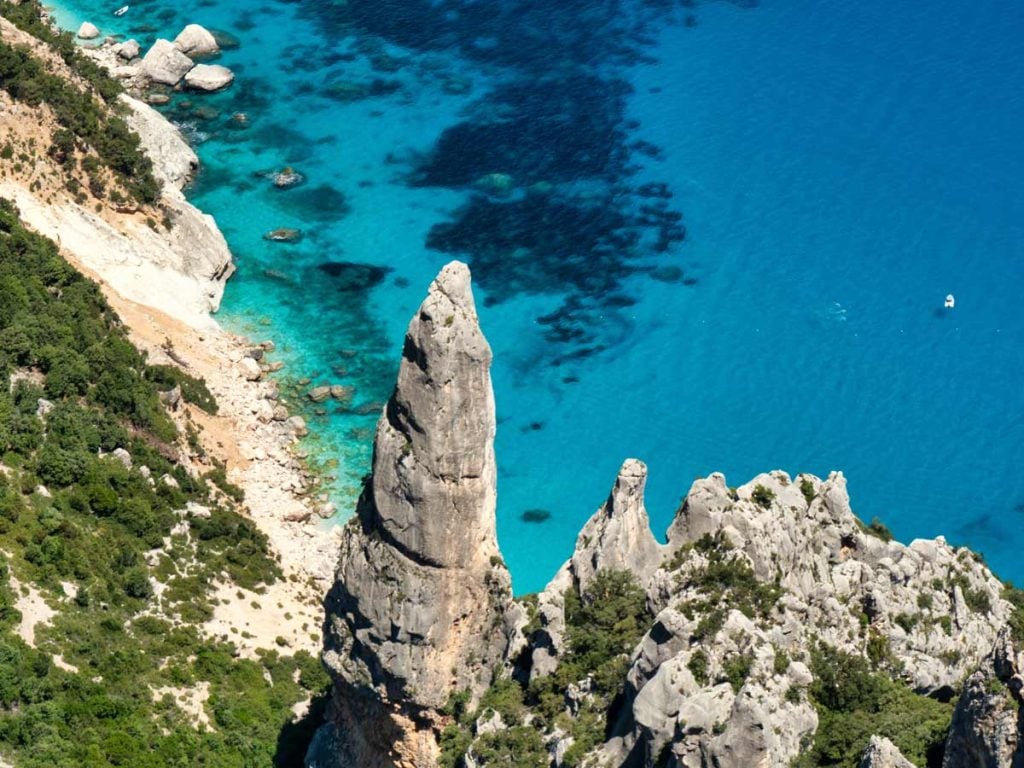
Cala Goloritzé: a natural monument of Sardinia
Further south lies Cala Goloritzé, one of the island’s most iconic beaches, a UNESCO World Heritage site and designated a natural monument in 1995. Its landscape is dominated by the limestone pinnacle of Punta Caroddi, one of Sardinia’s coastal icons, rising 143 metres above the sea. Access by sea is limited to small rowing boats, while on foot it is reached via a trekking route of about an hour and a half from the Golgo plateau. This is an untouched place with no beach establishments, where silence, nature, and a sea of countless turquoise shades reign supreme.
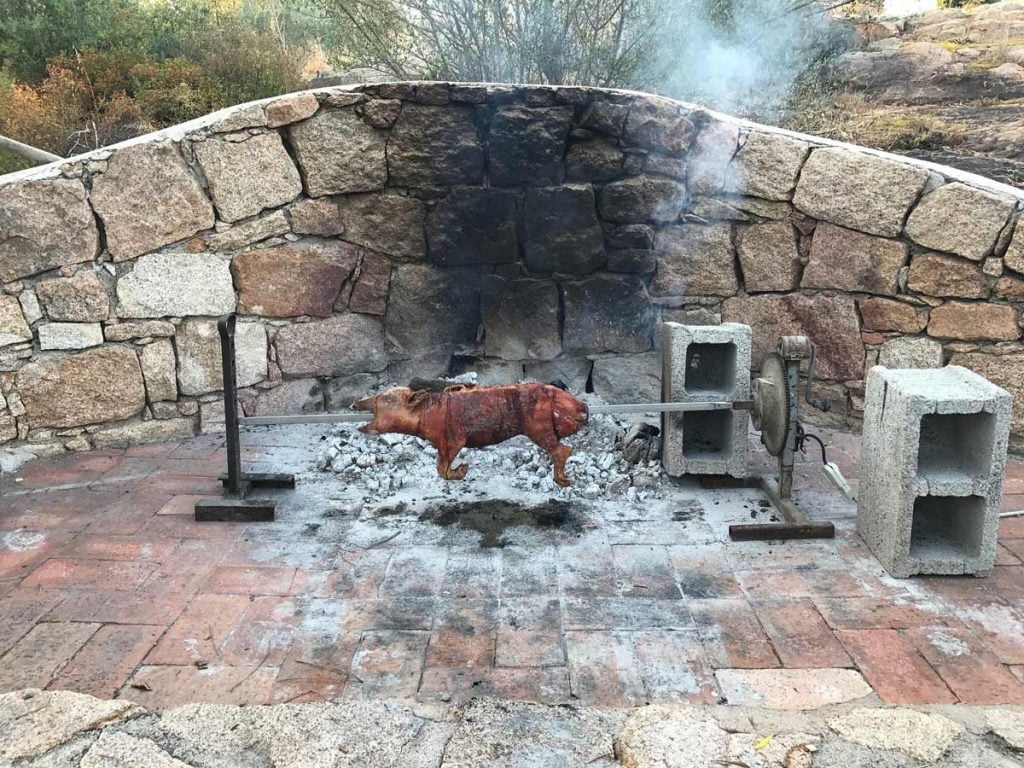
Stories and dishes of charcoal burners and fishermen
The Gulf of Orosei is not only stunning nature, but also a land rich in stories. For centuries, the coast was frequented by charcoal burners, especially from Tuscany, who came here to produce charcoal from wood, leaving behind visible traces along the paths that lead to the sea. Remains of ancient charcoal pits, pantries, and an old oven above Cala Mariolu still tell the tale of a harsh and isolated life. More recently, the seafaring vocation of Arbatax and Orosei has introduced new traditions linked to fishing, giving rise to a food and wine culture that blends mountain and sea flavours.
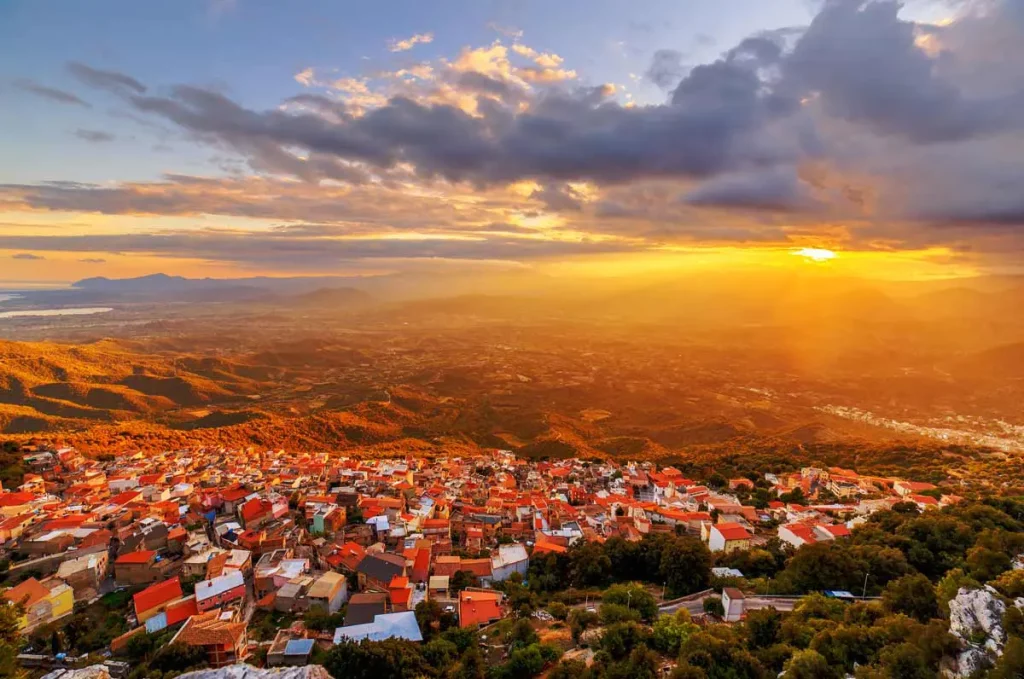
Villages to visit in the Gulf of Orosei
- Baunei: this village in the Ogliastra region, perched on limestone rocks, offers breathtaking views and a long pastoral tradition.
- Santa Maria Navarrese: a picturesque seaside town, an ideal starting point for boat excursions.
- Cala Gonone: part of the municipality of Dorgali, it's the hub of tourism in the gulf, with a small port, restaurants, and a lively atmosphere.
- Orosei: rich in history, baroque churches and ancient stone houses, it gives its name to the gulf and offers glimpses of authentic Sardinia.
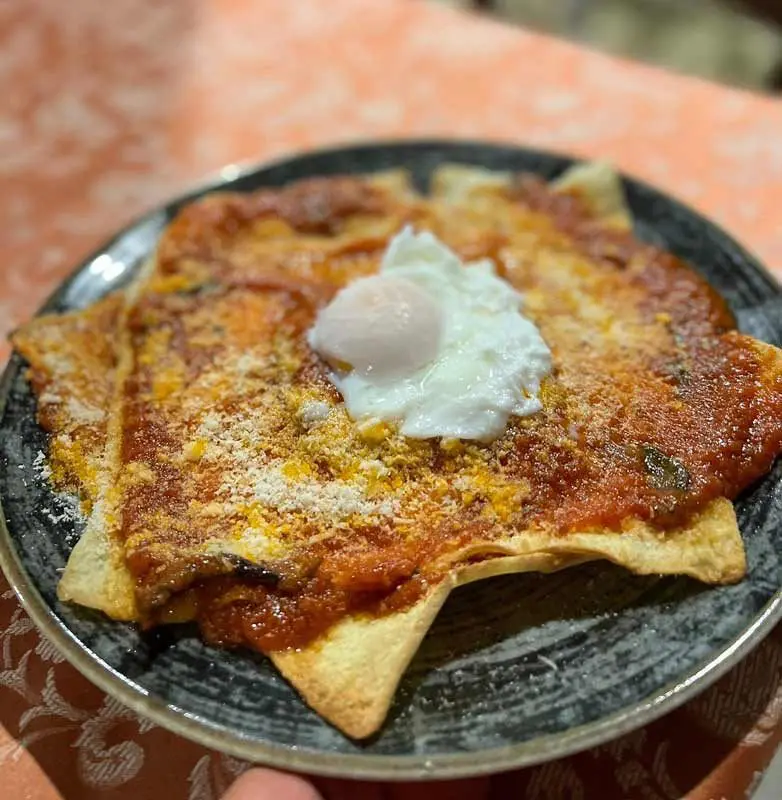
Flavours between Supramonte and the Mediterranean
The cuisine of this region is the perfect meeting point between mountain and maritime traditions. From the Supramonte come the bold flavours of pane carasau, the colourful bread soup pane frattau, Sardinian pecorino cheese, macarones de busa, and porceddu slowly roasted on a spit. From the charcoal burners and forest life come humble yet hearty dishes like legume soups and smoked meats. From the seas of Arbatax and Orosei come lobsters, langoustines, fish soups, and grilled fresh catch, often enriched with mountain herbs and local olive oil. All accompanied by full-bodied wines from the Barbagia region and rounded off with typical desserts like seadas and amaretti.
Practical tips for visiting Cala Mariolu and Cala Goloritzé
- How to get there: by sea with organised excursions from the ports of Cala Gonone, Arbatax, Santa Maria Navarrese, and Orosei. For Cala Goloritzé, access is on foot or by rowing boat.
- When to go: from May to September for the warmest seas; in the low season (May, June, September) there are fewer crowds and wilder nature.
- What to bring: trekking shoes if accessing by land, water and food (these beaches have no facilities), snorkel and fins, and plenty of memory on your smartphone for photos!
- Respect for the environment: don’t leave rubbish, don’t take pebbles or sand, and follow the access rules to help preserve this unique natural heritage.
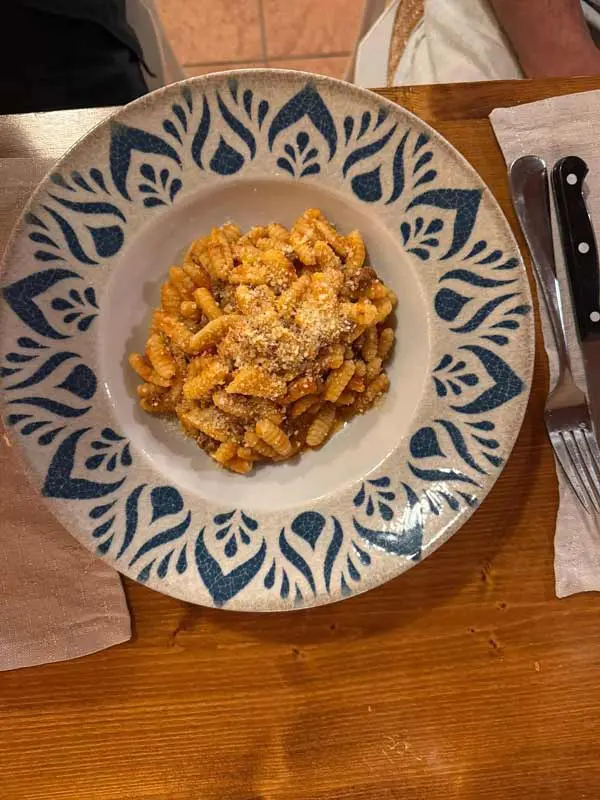
Five places to eat
Between sea and mountains, from the dishes of charcoal burners and shepherds to the more recent seafood “inventions”: here are five places where the land dominates, but the sea also has its say…
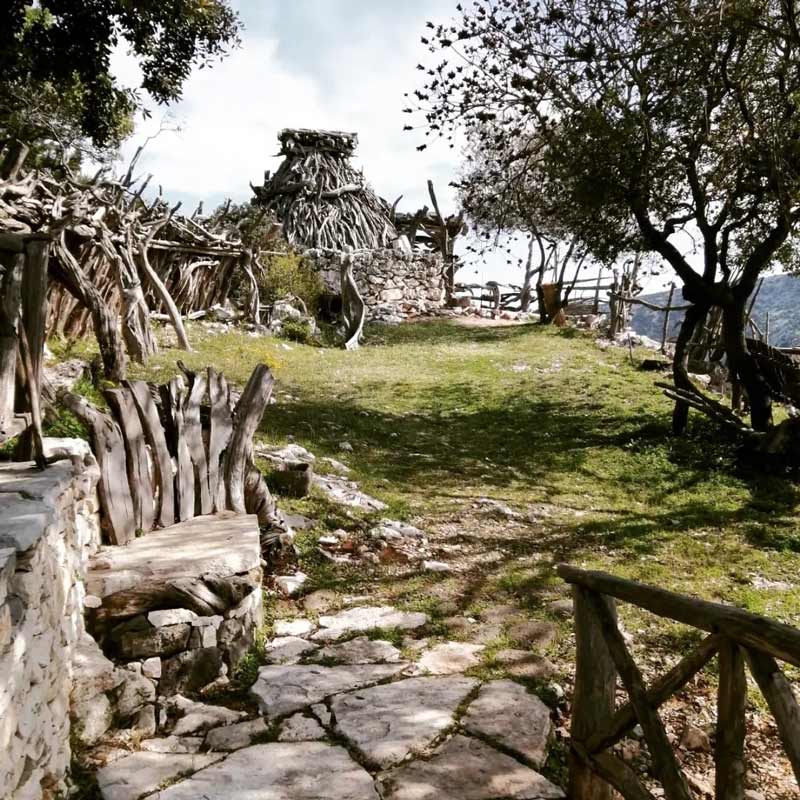
Agriturismo Ovile Bertarelli
Baunei (NU) loc. Dologaccoro – 388 363 5356 – @Ovile Bertarelli
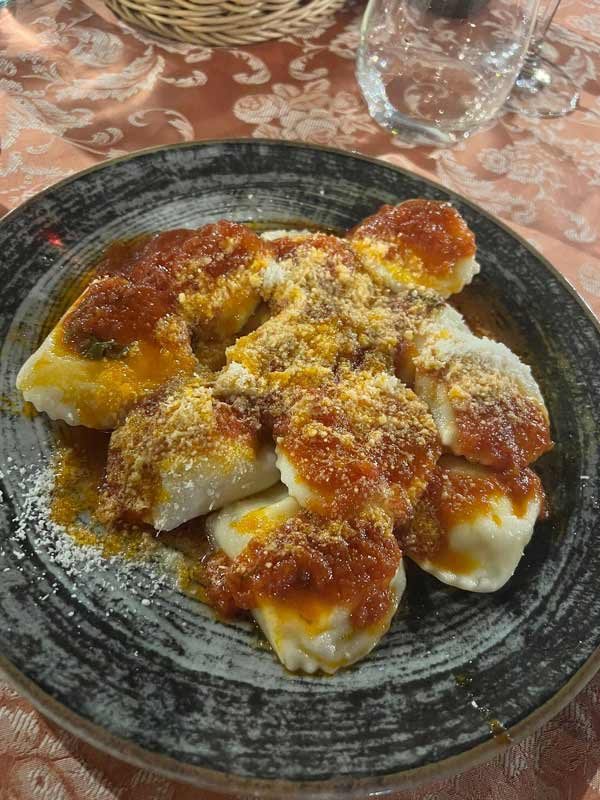
Golgo Ristorante Tipico
Baunei (NU) loc. Golgo – 337 811 828 – ristorantetipicogolgo.com
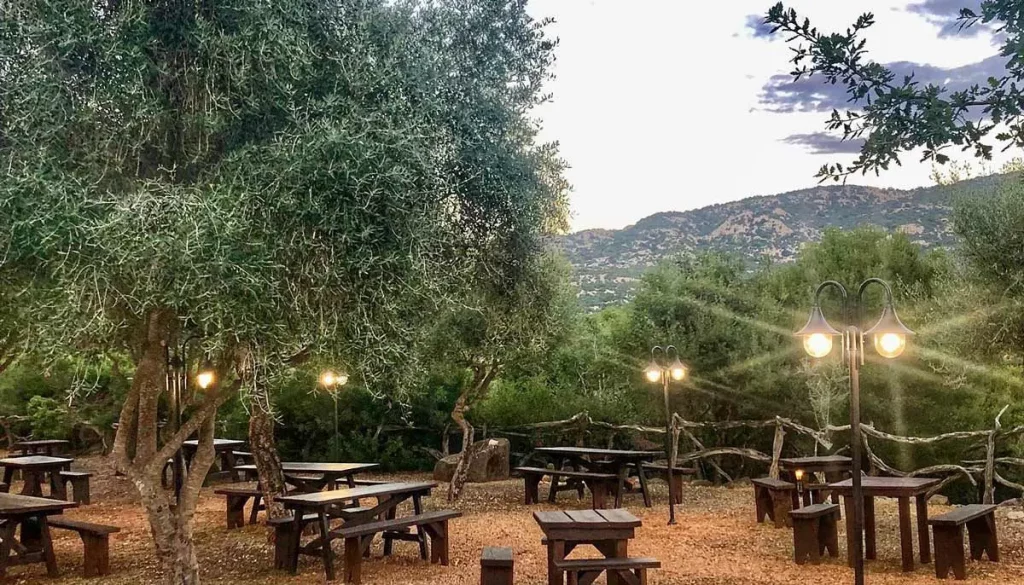
Il Rifugio – ristorante tipico cooperativo
Baunei (NU) loc. Golgo – 368 702 8980 – ilrifugiocooperativa

Mullò Restaurant
Triei (NU) loc. Mullò – Parco di Mullò – 351 677 9212 – @MulloRestaurant
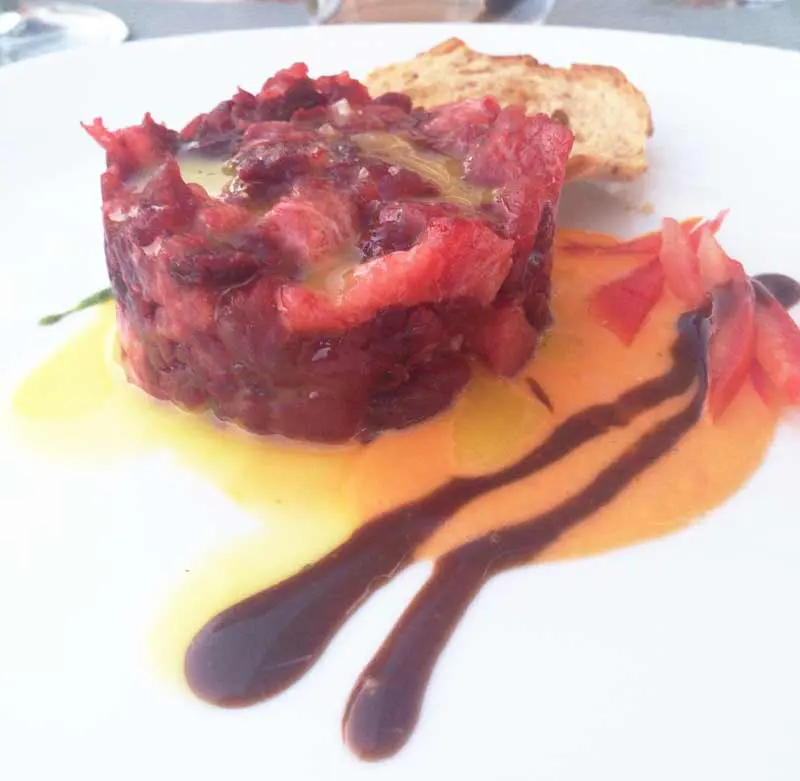

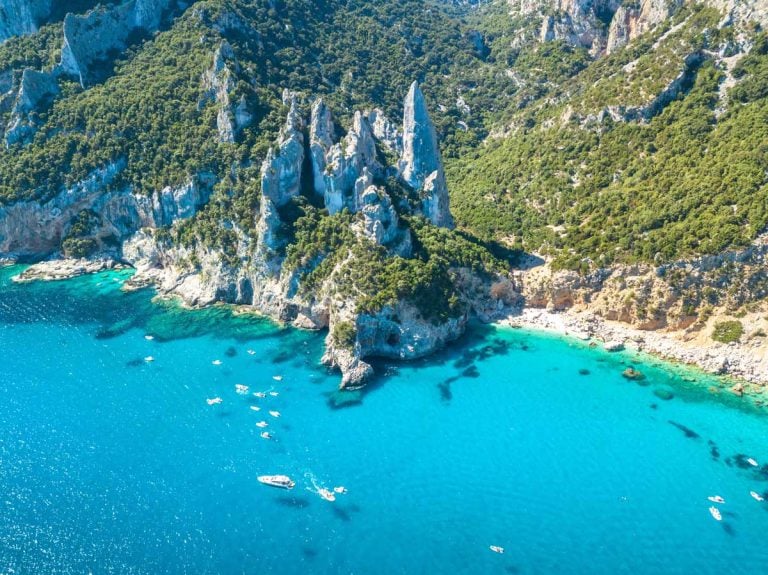
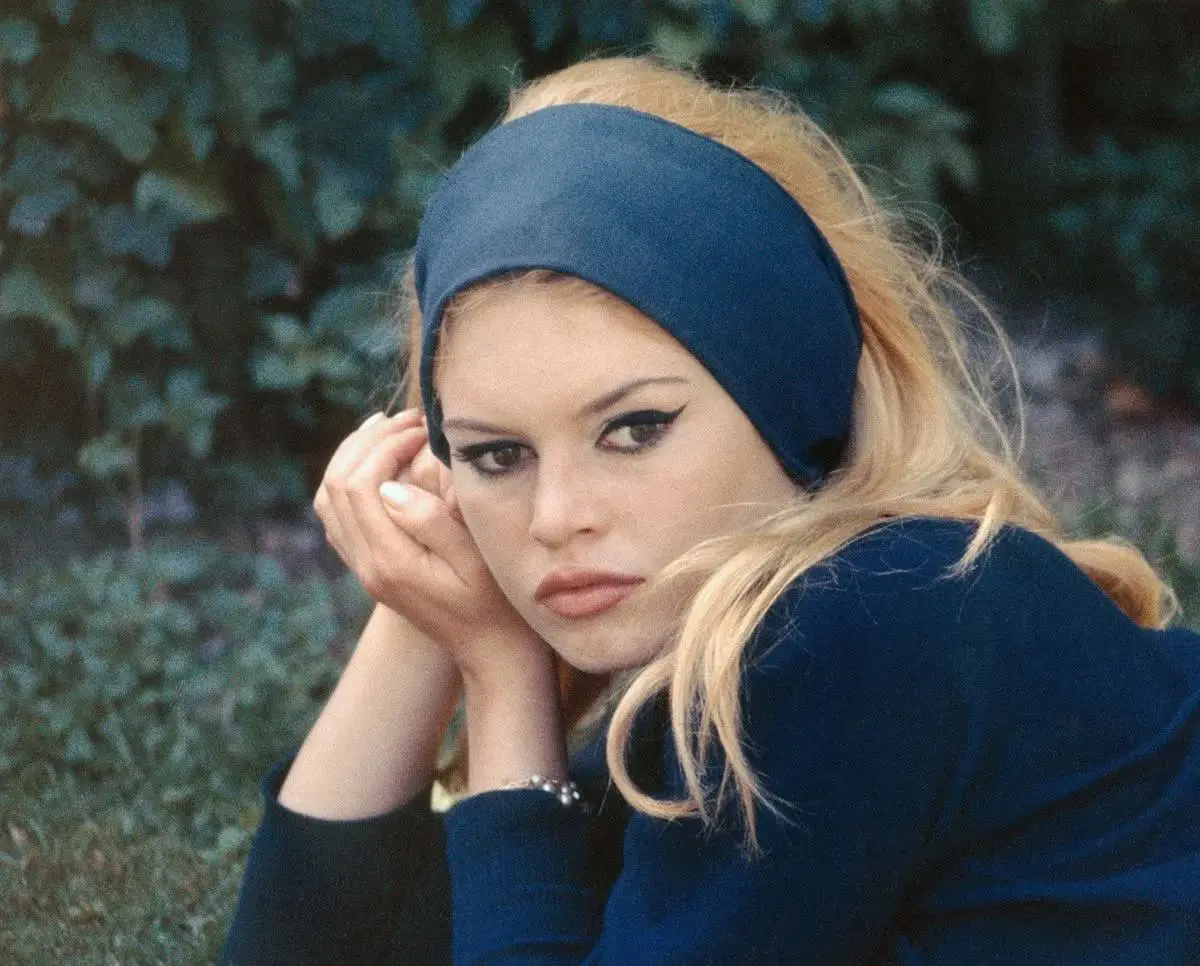 Brigitte Bardot’s final rosé: the wine that marks the end of an icon
Brigitte Bardot’s final rosé: the wine that marks the end of an icon What you need to know about Italy's new decree on dealcoholised wine
What you need to know about Italy's new decree on dealcoholised wine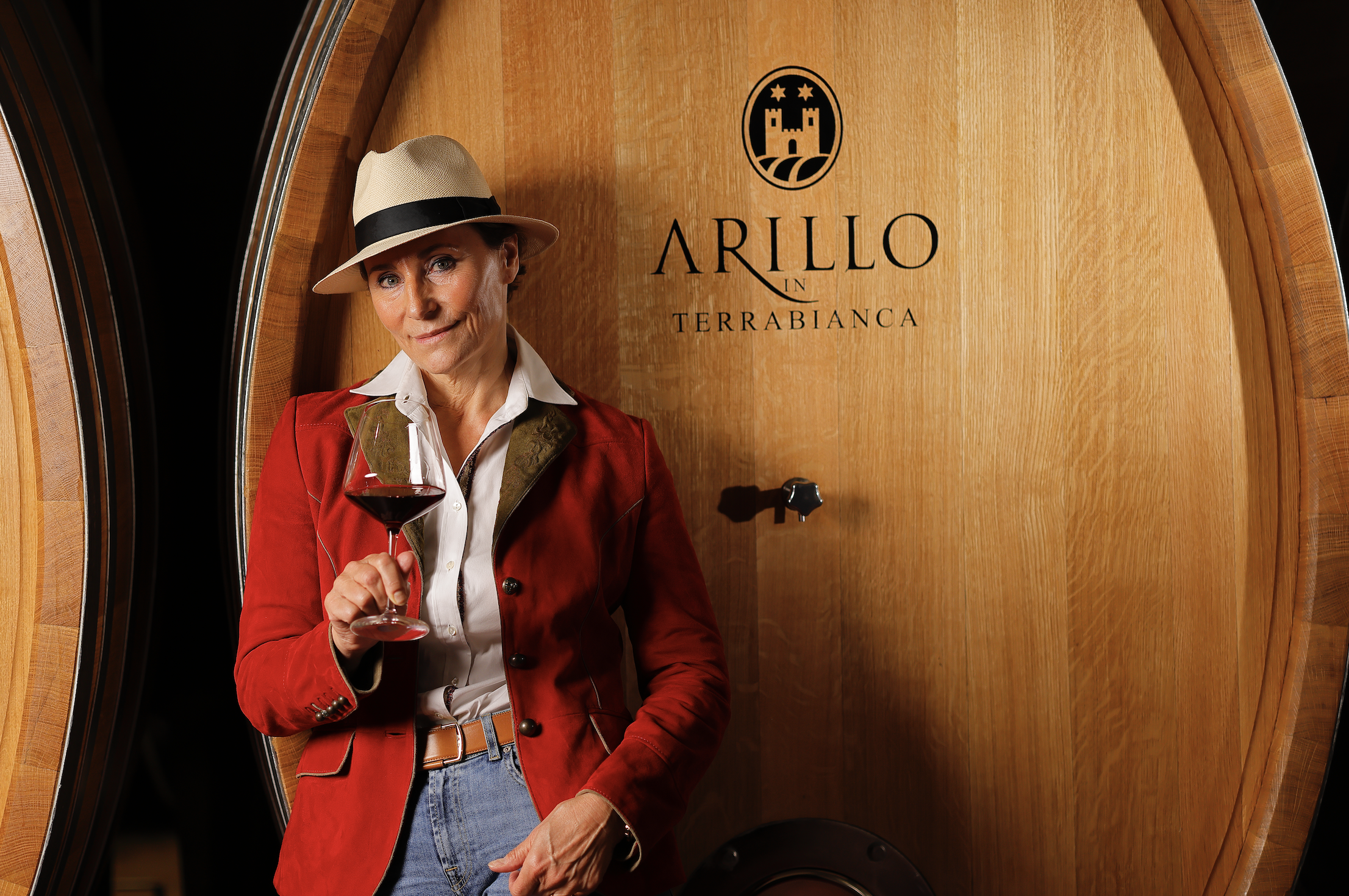 Why Arillo in Terrabianca's organic approach is paying off
Why Arillo in Terrabianca's organic approach is paying off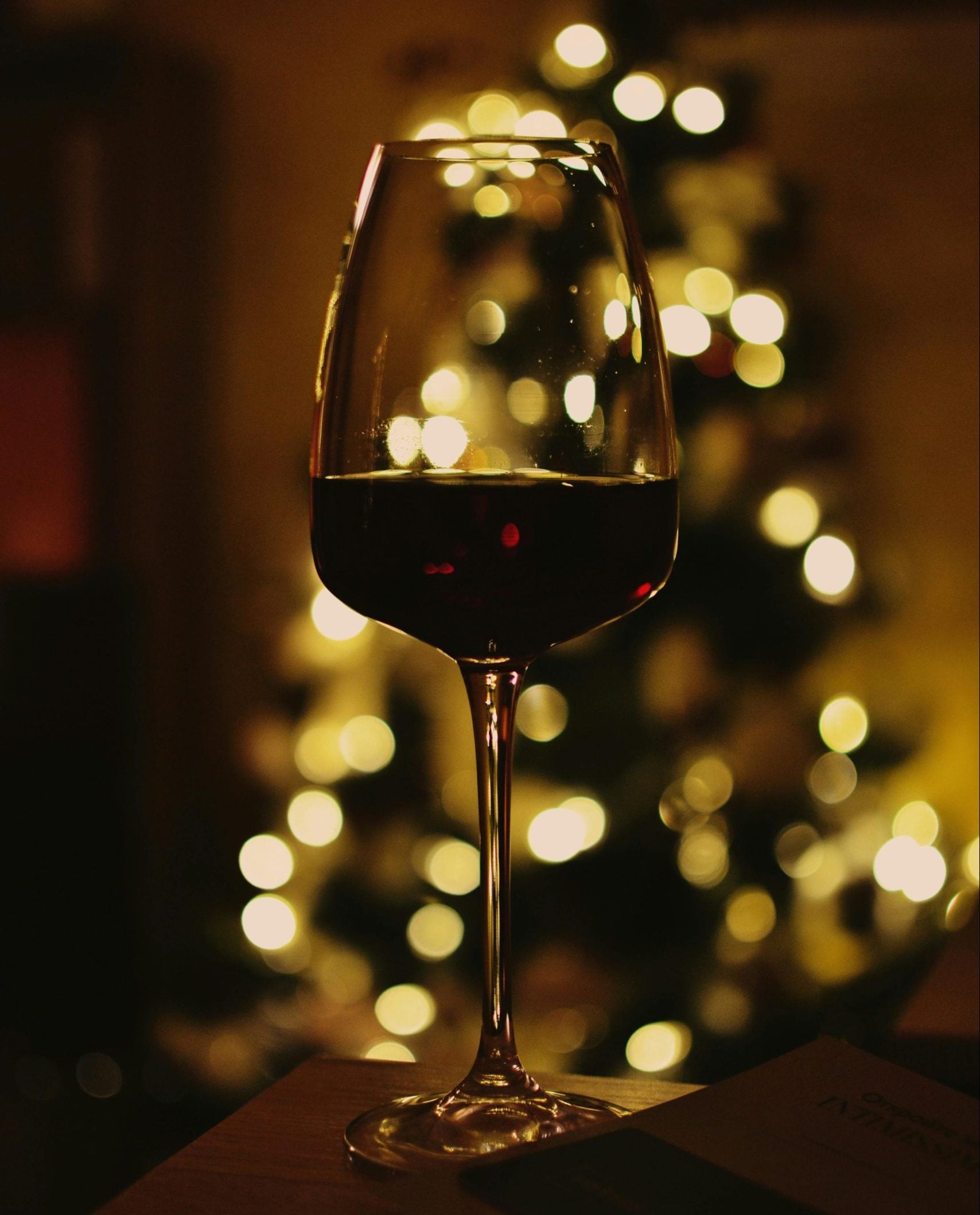 What do sommeliers drink at Christmas?
What do sommeliers drink at Christmas?